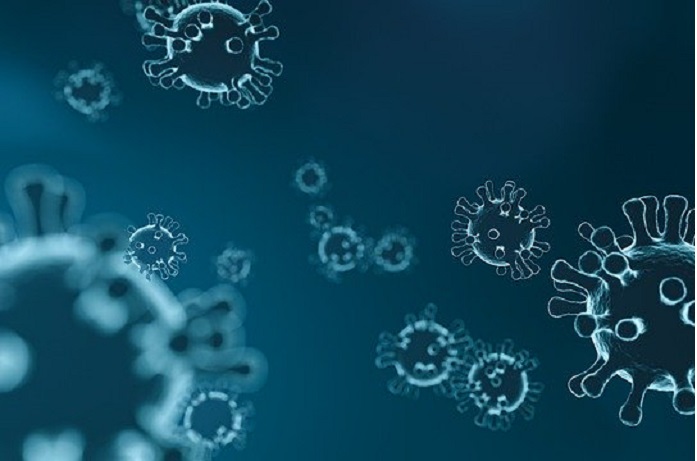
Welcome to our first installment of TradeRX Reports. We first began discussing a blog dedicated to the issues of the impact of international trade and intellectual property rights on pharmaceuticals well before the Corona Virus (COVID-19) made its first appearance on the world stage. The topic of intellectual property rights and global pandemics was not our anticipated first topic. But as COVID-19 marches across the globe, it is rewriting health care, economics, social relations, work and life itself on a virtually unprecedented scale. I live in a state where, like many others, we are under a “shelter in place” order that has shut down all but essential businesses.
No one wants to think about intellectual property rights when a global viral pandemic is spreading at such a rapid pace. But as the urgency for testing kits, treatments, protective equipment and vaccines grows, patent rights are already being raised as a possible stumbling block to a solution. Yet legislation that provided funds for the development of “vaccines, therapeutics, and diagnostics” related to the coronavirus contained no mention of patent rights in connection with funded innovations. (Coronavirus Preparedness and Response Supplemental Appropriations Act, 2020, Public Law 1160123). It is time for the U.S. finally to take advantage of the tools provided under international patent system, in particular TRIPS, to overcome those stumbling blocks.
Twenty-five plus years ago, the Agreement on Trade-Related Intellectual Property Rights, (TRIPS) changed the norms in international protection for pharmaceutical innovations by requiring patent protection for qualifying inventions “in all fields of technology,” including pharmaceuticals. (Article 27(1)). TRIPS granted patent owners the exclusive right to prevent third parties from “making, using, offering for sale, selling, or importing” the patented drug. (Article 28). Many of the existing drugs that have been suggested as strong sources for effective treatment, including Remdesivir and Kaletra, are already subject to patent protection. The exclusive use rights granted patent owners could restrict access to vital information, including drug molecules, in the search for effective treatments for COVID-19. Such restrictions have already taken place for Remdesivir, a patented treatment for Ebola owned by Gilead Sciences. Gilead has announced that it will no longer provide samples for R&D unless they are part of its COVID-19 clinical trial program.
Fortunately, TRIPS expressly recognizes a “fair use” exception to patent protection so long as such exceptions “do not unreasonably conflict with a normal exploitation of the patent and do not unreasonably prejudice the legitimate interests of the patent owner, taking account of the legitimate interests of third parties.” (Article 30). As a result, numerous countries, including Britain, Germany, Japan and China, have strong statutory experimental use rights. The WTO acknowledged that the national experimental use exception was “one of the most widely adopted Article 30-type exceptions in national patent laws.” (Canada Patent Protection of Pharmaceutical Products, WT/DS114/R (¶7.69) (2000). It also sent a strong signal in favor of such exceptions noting that “allowing the patent owner to prevent experimental use during the term of the patent would frustrate part of the purpose of the requirement that the nature of the invention be disclosed to the public…. to support the advance of science and technology.”.
Such expanded experimental use right also arguably supports a more generous view of patentability of biomedical innovations similar to the role that “fair use” plays in supporting a relatively low level of originality for copyright to attach. Like fair use, it could also help restrain current abuses caused by evergreen patents, patent thickets and extension of orphan drugs to non-orphan and off-label uses by offering competitors expanded tools for creating competing treatments, including generic versions.
In the United States, however, the experimental use right remains narrowly circumscribed. In Madey v. Duke University, 307 F.3d 1351 (Fed. Cir. 2002), the court limited the right to experiments undertaken “solely for amusement, to satisfy idle curiosity, or for strictly philosophical inquiry.” Such a dilettante’s restriction on experimental use clearly does not help in the drive to find effective treatments for COVID-19.
The R&D exception for pharmaceuticals under the Hatch Waxman Act provides a broader right but does not reach all potential avenues for testing and treatment. The exception is “solely for uses reasonably related to the development and submission of information under a Federal law which regulates the manufacture, use, or sale of drugs.” 35 U.S.C. § 271(e)(1). It “extends to all uses of patented inventions that are reasonably related to the development and submission of any information under the Federal Drug and Cosmetic Act.” (Merck KGaa Integra Lifesciences I, Ltd., 465 US 193 (2005)). This includes preclinical and post clinical test data, including data that results in no submission to the FDA because the drug is determined to be ineffective. But it is limited patented inventions “primarily manufactured using recombinant DNA, recombinant RNA, hybridoma technology, or other processes involving site specific genetic manipulation techniques.” This exception should reach most, if not all, patented drugs under current publicly announced investigation. But it does not cover devices or non-biological based technologies that may prove useful in combatting COVID-19, such as testing kits, ventilators or protective equipment.
There is no reason why the U.S. should not use all the tools available under international patent law in its fight against an exponentially deadly disease like COVID-19. The next round of COVID-19 legislation must contain an amendment to US patent law that includes a clear statutory recognition of an experimental use right that includes testing for new uses and for improvements for “patented inventions to respond to a national health emergency, including COVID-19.” Other countries have already enacted such legislation. There is no defensible reason for the U.S. or Congress to delay.



